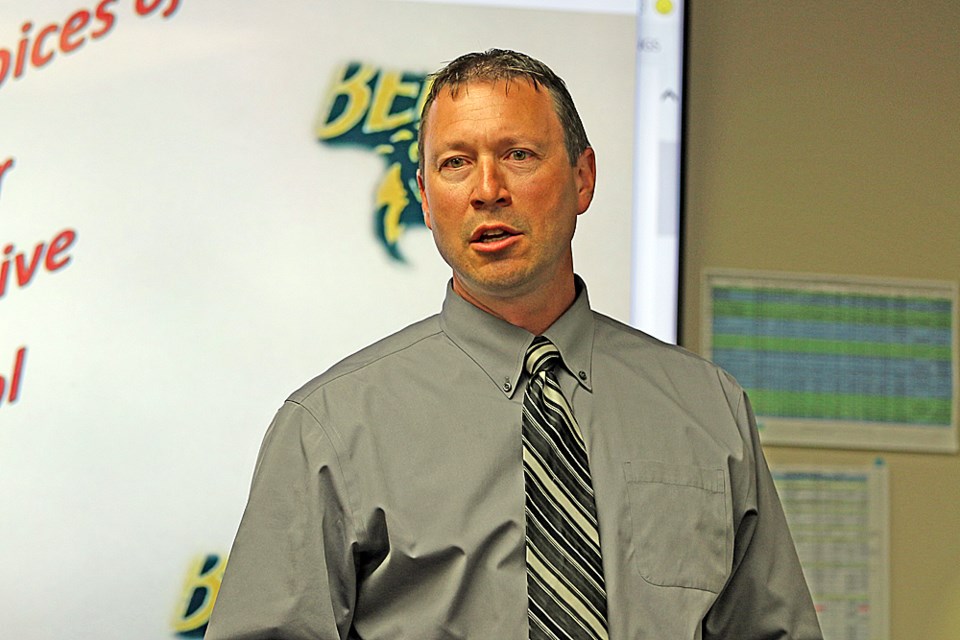A project aimed at improving attendance and grades for First Nations students in Nipawin is seeing initial success.
The Mamawe – Cree for together – project targets students that are disenfranchised with the education system and aims to give them the drive to go to school by building a small community within the school where they can bond with others.
The project, which is being done for some Grade 5 students at Wagner Elementary and Grade 10 students at LP Miller, does that by providing an extra teacher that helps incorporate First Nations practices and history into the curriculum, as well developing relationships with parents so they have a positive connection with the school.
“What we try to create through our program is another drive that gets them in the building. We take them on tours, we provide them with food, we provide them with a more comfortable environment than what standard kids experience,” said Cory Froehlich, LP Miller’s principal. “The quote that sticks with me is instead of trying to make the student fit the school, let’s make the school fit the student.”
The two-year project is funded via the North East School Improvement Projects program, which allows schools in the division to apply for grants to fund innovative approaches to fulfil a need.
As the program is ending its first year, it’s too easy to fully determine the result, but both schools are seeing improvements in attendance, behaviour and academics.
“Our students are engaged and they’re completing the outcomes,” said Trevor Norum, Wagner’s principal. “They’re working in the class and they’re way more successful because of the resilience they’re showing. Rather than giving up, they’re trying.”
Don Rempel, the North East School Division’s director of education, said he was encouraged by the results so far.
“The extra staff we can give them now lets them experiment without having to take away electives or classes from another teacher,” he said. “It’s a gift for them. They can do some risk-taking, it’s not high stakes, they don’t have to steal from the regular program to try something.”
The hope is that by trying new things with a small portion of the student body, the division can determine school practices that work better than the status quo and change them over time.
The director of education said the bulk of the division’s First Nations students are in the larger centres. There’s also the Kinawind partnership between Tisdale Middle & Secondary School and the Kinistin Saulteaux Nation, which aims to help Grade 9 students coming from the Kinistin Education Centre fit in by assigning them youth mentors from the older grades.
Marla Walton, one of the Nipawin trustees, commended both principals for what they’ve done.
“Personally, I believe that this is one of the most important projects that has been undertaken by the North East School Division.”




